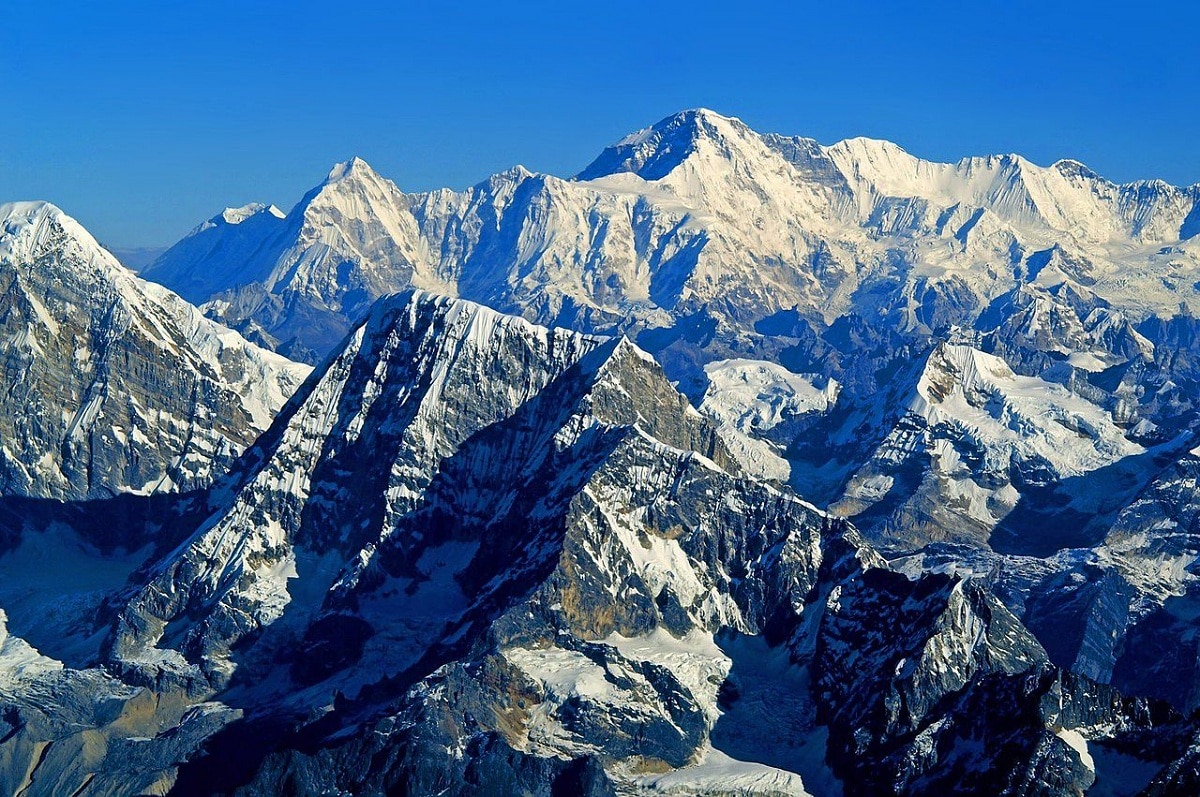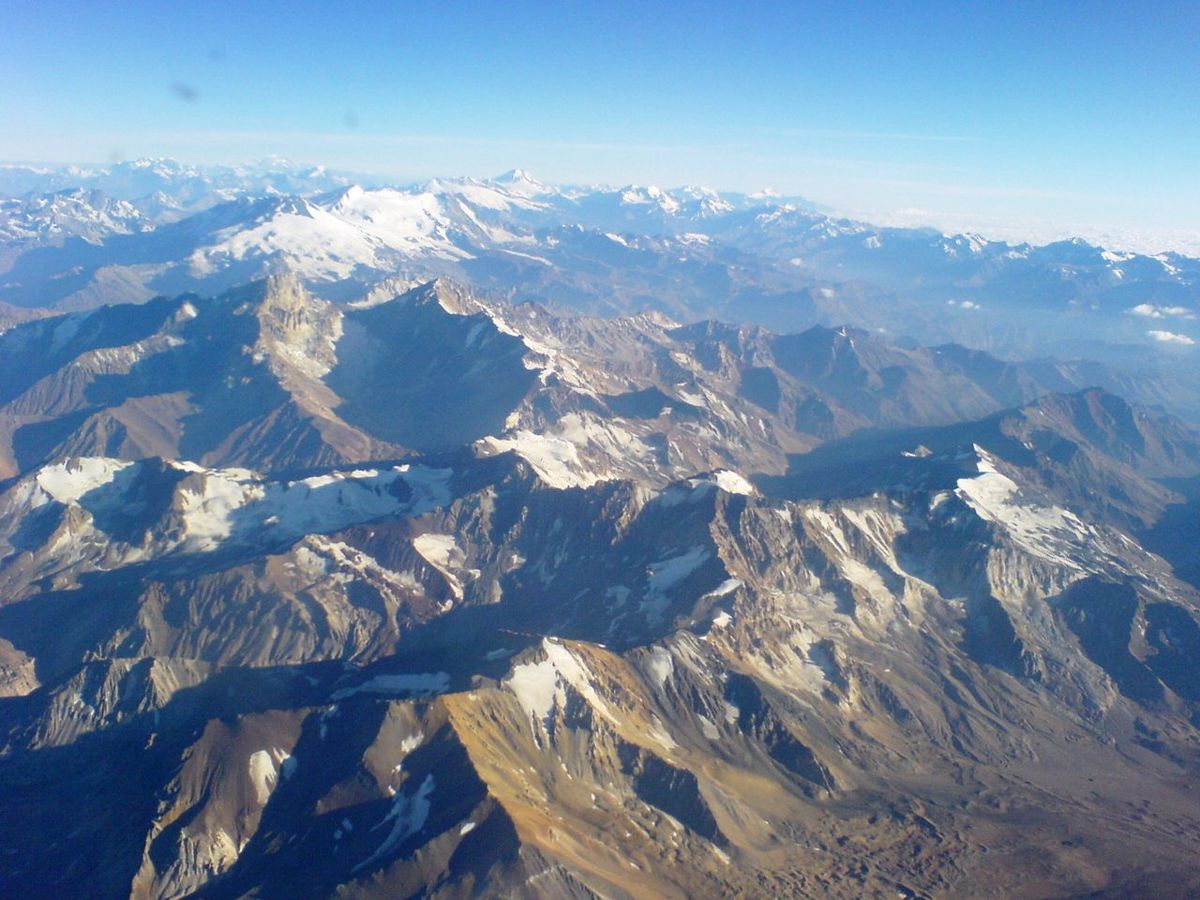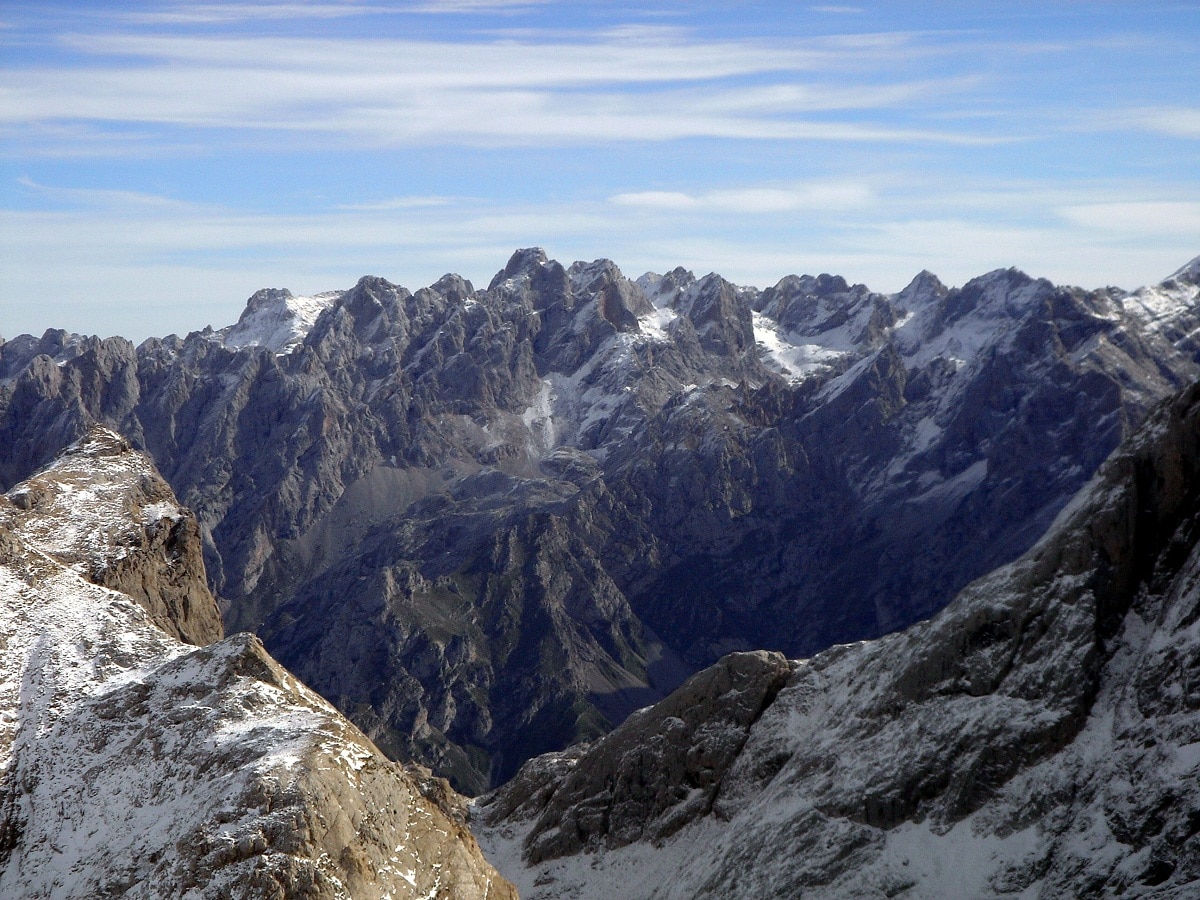
All the mountain ranges They are large expanses of interconnected mountains, which generally serve as geographic boundaries between countries. They originated in areas where the soil changes due to the movement of tectonic plates, causing sediments to compress, rise to the surface of the earth and originate in various mountain ranges. Mountains often have peaks. The elevation of its sediments can take various shapes and sizes, such as mountains, ranges, hills, mountains, or ridges.
In this article we are going to tell you everything you need to know about the mountain ranges, their formation, climate and types.
Formation of mountain ranges

Mountains are formed by the movement of the earth's tectonic plates, which collide, fold, and deform until they rise above the earth's crust. Sediments located on the surface are affected by external phenomena, such as high temperature, wind soil erosion, erosion water, etc.
Mountains can also be generated from underwater elevations. This is the case of the island of Hawaii and its surrounding islands, which form a mountainous system at the bottom of the sea, and their peaks appear above sea level to form a group of islands.
The highest mountain in the world detected was Mauna Kea in Hawaii. Consists in a dormant volcano that sank into the Pacific Ocean. There are 10.203 meters from bottom to top, but the altitude is 4.205 meters. The highest mountain according to sea level is Mount Everest, 8850 meters above sea level.
Climate

The higher the atmospheric pressure, the less oxygen is available.
Mountain climate (also called alpine climate) varies with the location, topography, and height of the mountains. The surrounding climate affects the temperature of the mountain from the foot of the mountain to the average height, the higher the height of the mountain top, the greater the contrast with the regional climate.
From 1.200 meters above sea level, the temperature becomes colder and more humid, and the rains are abundant. Atmospheric pressure decreases due to increasing altitude, which means that the air pressure is getting lower and lower, and it is difficult for organisms to breathe as they ascend.
Examples

A sierra is a subset of a small mountain range located in a larger mountain range. The mountains characterized by irregular or very different elevations, but of medium height.
An example is the Sierra Negra, Mexico, located between the states of Veracruz and Puebla (part of the New Volcanic Mountains). It consists of an extinct volcano and is the fifth highest mountain in the country with a height of 4.640 meters. It is a great tourist destination for mountain biking and hiking.
Andes mountains
The Andes is the second highest mountain after the Himalayas. It is a mountainous system in South America. It is the longest mountain range in the world, with a total length of 8.500 kilometers and an average elevation of 4.000 meters, it is the second highest mountain range after the Himalayas. Its highest peak is Aconcagua, which is 6,960 meters above sea level. It is located in an area with intense seismic and volcanic activity.
The Andes were formed in the Mesozoic Era. It extends from the current Venezuelan region of Táchira to Tierra del Fuego in Argentina (through Colombia, Ecuador, Peru, Bolivia and Chile). His journey continued south, forming an underwater mountain called "Arco de las Antillas del Sur" or "Arco de Scotia", some of its peaks appeared in the sea to form small islands.
Himalayas
The average height of the Himalayas is 6.100 m. It is located in Asia and is the highest mountain series in the world. Among the many mountains that compose it, Mount Everest stands out, the highest point in the world at 8.850 meters above sea level, and due to the enormous challenges it contains, it has become a symbol of climbers all over the world.
The Himalayas were formed about 55 million years ago. It stretches 2.300 kilometers from northern Pakistan to Arunachal Pradesh (India), skirting Tibet for the entire journey. Its average height is 6.100 meters.
The three main water systems of Asia were born in the Himalayas: the Indus, the Ganges and the Yangtze. These rivers also help regulate the earth's climate, especially in the central part of the Indian continent. The Himalayas are home to several glaciers such as the Siachen (the largest in the world outside the polar regions), Gangotri and Yamunotri.
Other mountain ranges
We are going to describe some of the most important mountain ranges in the world:
- Neovolánica Mountain Range (Mexico). It is a mountainous system formed by active and non-active volcanoes, from Cabo Corrientes on the west coast to Xalapa and Veracruz on the east coast, crossing central Mexico. The highest peaks such as Orizaba (5.610 meters), Popocatépetl (5.465 meters), Istachivat (5.230 meters) and Colima (4.100 meters) stand out. Many of its valleys and basins are used for agriculture, and its metal-rich soil contains silver, lead, zinc, copper, and tin.
- The Alps (Europe). It is the most extensive mountain system in Central Europe, forming a 1.200 km long mountain arc that stretches from eastern France to Switzerland, Italy, Germany and Austria. Several of its peaks are more than 3.500 meters high and contain more than 1.000 glaciers. Throughout history, many Christian monasteries have settled in the mountains of the Alps in search of tranquility.
- Rocky Mountains (North America). It is a mountain range that extends from the British Column in northern Alberta and Canada to southern New Mexico. The total length is 4.800 kilometers and the peaks are about 4.000 meters high. It contains important glaciers like Dinwoody and Gooseneck, which are shrinking faster and faster due to global warming.
- Pyrenees (Spain and France). It is a mountainous system that extends from east to west between Spain and France (from Cape Cruz in the Mediterranean to the Cantabrian Mountains) and extends over 430 kilometers. Its highest peaks are in the middle of the mountains and are more than 3.000 meters high, such as Aneto (3.404 meters), Posets (3.375 meters), Monte Perdido (3.355 meters) and Pico Maldito (3.350 meters). Currently, it has some small glaciers located above 2700 meters above sea level.
I hope that with this information you can learn more about the largest mountain ranges in the world and their characteristics.